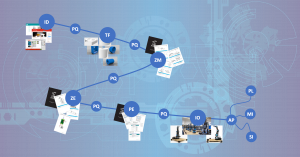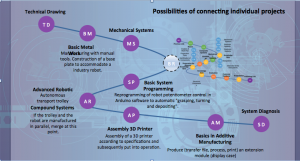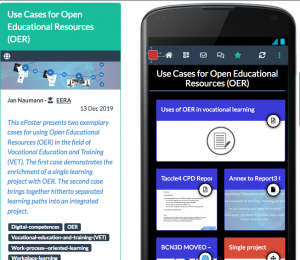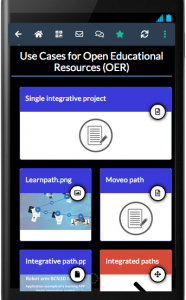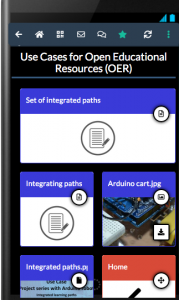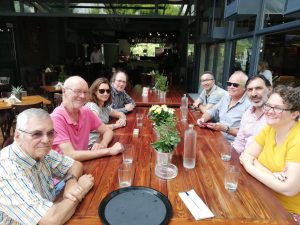Last week I was happy to announce that I had completed the text to my final deliverable for the TACCLE 4 CPD project – the Theme Room Training 2020 framework for promoting digital competences of vocational teachers and trainers. At the same time I made the point that the mere drafting of such a framework on the basis of the given thematic blocks is not enough. I made it clear to myself and to the readers that I still have to prepare Annexes to the framework – as coordinates, how to work with it. Now I have prepared a set of Annexes and I think that I have done my job to answer the question “so what“. Below I try to give a picture, what the annexes are and what they stand for.
Annexes to the Framework text – what do they stand for?
The first annex that I have prepared is an annotated list of reference materials to the Theme Room Training 2020 framework. As it is the case, not all thematic blocks have been based on publications. To some extent there are publications that can be referred to. But equally, there are field interviews and working documents and emerging educational resources. I have tried to do justice to all these as relevant reference materials to the framework.
The second annex provides an overview, how the German framework study has interpreted the concepts ‘digitization’ (in education and training) and ‘digital transformation’ (in working life) – and what implications they have on vocational education and training (VET). In addition, the annex presents a selection of thought-provoking theses, with which the research team challenged practitioners and stakeholders to reflect the ongoing and future changes.
The third annex is a seemingly simple interview guideline to discuss the readiness of older and younger learners to take up the use of digital media and toolsets in the context of vocational learning. However, these questions were not the ones that I originally posed in the beginning of my field interviews with vocational trainers. Instead, they were the ones that I identified on the basis of our discussions – I had posed narrower questions, the trainers broadened and deepened the scope.
The fourth annex presents the use of Learning Toolbox (LTB) for preparing ePosters to promote knowledge sharing and transfer of innovation. So far I had promoted the use of ePosters in research conferences and prepared my own ones on the basis of my research papers for the European Conference on Educational Research (ECER). This week I had the pleasure to work with my colleague Jan Naumann to prepare an ePoster on the theme “Use of Open Educational Resources in Vocational Education and Training (VET)”. We were happy to complete our work and to insert the related mini-poster to the annex document. The ePoster can be accessed via the following link.
The fifth annex presents the TACCLE 4 CPD Routemap as a tool for planning the use of ICT resources in education and training and for developing training (or CPD) initiatives for teachers and trainers. I hope that the selection of power point slides gives a picture, what all can be achieved when working with the Routemap.
Altogether, I think that the annexes have given an appropriate push to work further with the themes that were raised in the Theme Room Training 2020 framework. After all, we didn’t aim to provide cookboks with ready-made recipes. Instead, we have tried to raise key themes and give impulses, how to work as innovation leaders and change agents.
—
I think this is enough of these annexes and how they complement the framework. Let us hope that these have been useful pieces of work. Time will tell.
More blogs to come …
